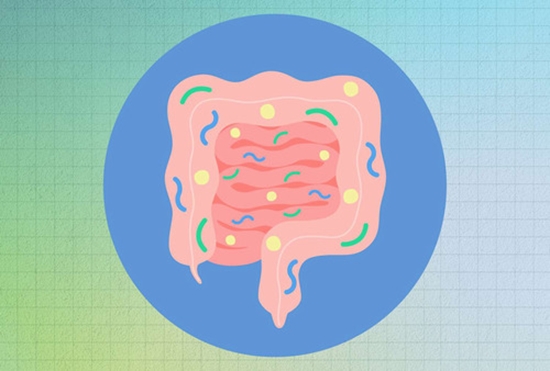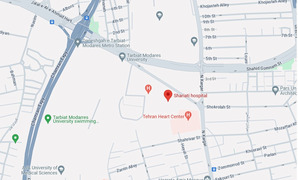The anti-obesity effects of postbiotics: A systematic review of pre-clinical and clinical studies
This study was designed to systematically examine the impact of different types of postbiotics on obesity

Background
The growing prevalence of obesity has become a major concern worldwide, therefore a great number of studies are conducted every day in the field of obesity. Since postbiotics are a newly introduced term, there is not much systematic evidence about their function and impact on obesity. We designed this study to systematically review the effect of different types of postbiotics on obesity.
Methods
A systematic search was conducted using PubMed, SCOPUS, and Web of Science databases up to August 2023. Both human and animal interventional studies that investigated the effects of any type of postbiotic on obesity and obesity-related factors were eligible. Screening, data extraction, and quality assessment were conducted independently by two researchers. The quality of the studies was appraised using Cochrane and Systematic Review Centre for Laboratory Animal Experimentation (SYRCLE's) risk of bias tool.
Results
Of the 19373 retrieved studies, finally, 49 studies were included (9 human studies and 40 animal studies). Short-chain fatty acids and heat-killed (inactivated) bacteria were the most used postbiotics. In human clinical trials, inactivated Lactobacillus amylovorus (CP1563), Bifidobacterium animalis subsp. lactis (CECT 8145) and Pediococcus pentosaceus (LP28) were administered orally as postbiotics which improved body composition and anthropometric indices. Animal studies evaluated other types of postbiotics including muramyl dipeptide, cell-free extracts, urolithin A&B, extracellular Vesicles, exopolysaccharides, and surface Layer Proteins, supporting the anti-obesity effects of postbiotics.
Conclusion
Postbiotics seem to be a safe intervention and the results were in favor of a reduction in adipogenesis as well as an increase in energy expenditure. Further high-quality studies are required in this relatively new topic.




comment